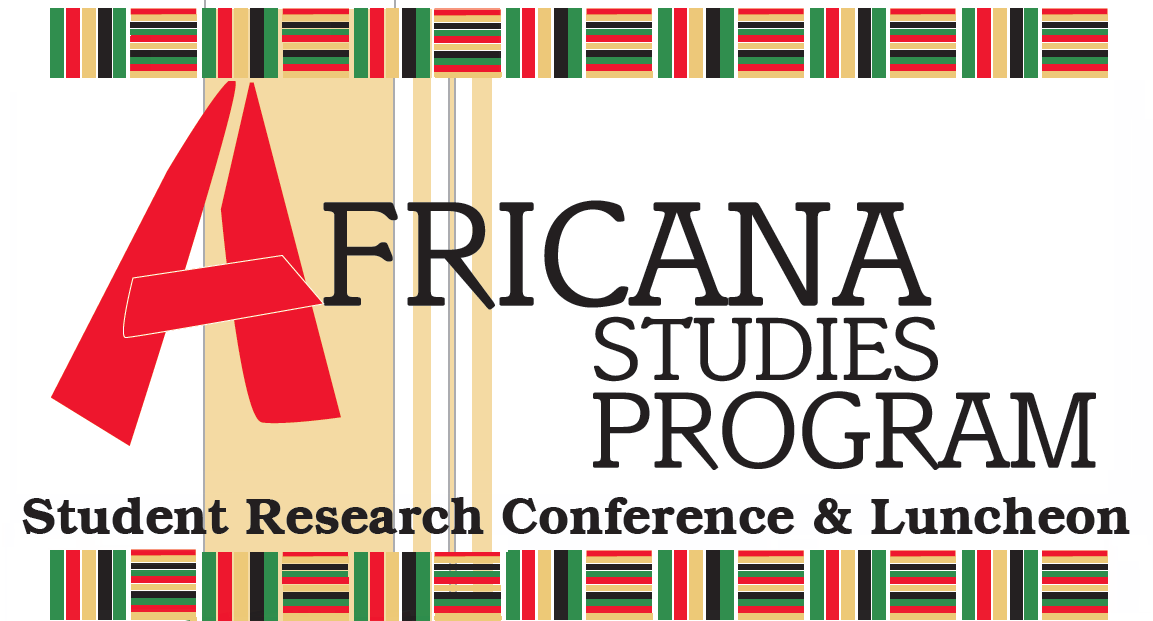Presentation Title
Degree Program
Undergraduate
Major
Art History, Spanish
Abstract
Iconoclastic controversy in Egypt caused the destruction of thousands of pieces. Those impacted were nearly lost to history, if it were not for the inability to efficiently destroy all traces of a ruler. While iconoclasm affected a wide span of Egyptians, this study will focus on Pharaoh Akhenaten and his family (including Tutankhamen), Queen Hatshepsut, and Queen Hatshepsut’s son, Thutmose the Third. This study will explore cultural symbolism and focus on the mystery of missing crooks and flails in Egyptian statuary. Among the topics discussed in the symbolic portion of the study will include reasons for the symbols’ absences and what their disappearance implies politically and religiously. This study will also discuss the impact damnation memoriae had on the afterlife and the implications it meant for the individuals’ souls.
Start Date
23-2-2018 9:00 AM
End Date
23-2-2018 10:25 AM
Included in
Iconoclasm in Ancient Egypt
Iconoclastic controversy in Egypt caused the destruction of thousands of pieces. Those impacted were nearly lost to history, if it were not for the inability to efficiently destroy all traces of a ruler. While iconoclasm affected a wide span of Egyptians, this study will focus on Pharaoh Akhenaten and his family (including Tutankhamen), Queen Hatshepsut, and Queen Hatshepsut’s son, Thutmose the Third. This study will explore cultural symbolism and focus on the mystery of missing crooks and flails in Egyptian statuary. Among the topics discussed in the symbolic portion of the study will include reasons for the symbols’ absences and what their disappearance implies politically and religiously. This study will also discuss the impact damnation memoriae had on the afterlife and the implications it meant for the individuals’ souls.


